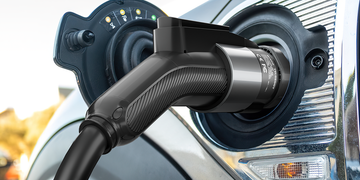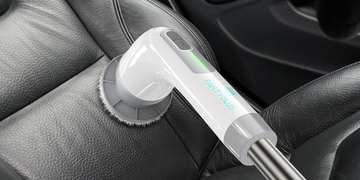How long will an ev hold its charger? Electric vehicles (EVs) do not "hold" their charge indefinitely like a traditional internal combustion engine vehicle does with its fuel. The charge in an EV's battery will gradually deplete even when the vehicle is not in use. The rate of this discharge, known as "vampire drain" or "phantom drain," can vary depending on the EV's make and model, as well as the ambient temperature and other factors.
Typically, modern electric vehicles are designed to minimize vampire drain, and the rate of discharge is relatively slow. This is accomplished through various power management systems and software that allow the vehicle to enter a low-power state when not in use. However, over extended periods of inactivity, the battery will still lose some charge.
In general, EV manufacturers recommend not letting an electric vehicle sit for extremely long periods without use or charging. It's advisable to maintain a regular charging routine if the vehicle is not in active use to ensure the battery remains at an optimal state of charge. Some electric vehicles also offer features that allow you to set charging schedules or maintain a certain level of charge, which can help mitigate vampire drain.
If an electric vehicle is left unused and uncharged for an extended period (several months, for example), the battery's state of charge can drop significantly, and it may require special care to revive it. Some EV manufacturers provide guidelines for long-term storage, which may involve periodic charging to prevent the battery from reaching critically low levels.
How long will an ev hold its charger? while modern EVs are designed to minimize the loss of charge when not in use, it's essential to keep the battery reasonably charged if you plan to leave your EV unused for an extended period to ensure it remains in good condition. Always refer to the manufacturer's recommendations for long-term storage and battery maintenance for your specific electric vehicle.
News-Telgeoot EV Charging Station
How long will an ev hold its charger





